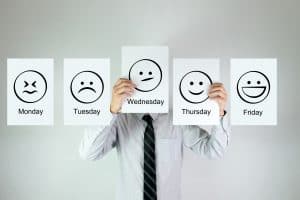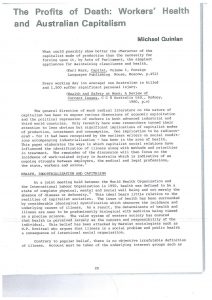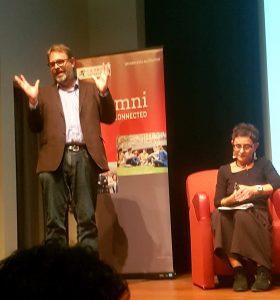 The political debate about the dysfunctional culture of Australia’s banking sector has diminished to a discussion, and that discussion continues to bubble along, mostly, in the Australian Financial Review (AFR). The discussion is important for the occupational health and safety (OHS) profession to watch as any change in safety management systems will occur within the corporate or organisational culture.
The political debate about the dysfunctional culture of Australia’s banking sector has diminished to a discussion, and that discussion continues to bubble along, mostly, in the Australian Financial Review (AFR). The discussion is important for the occupational health and safety (OHS) profession to watch as any change in safety management systems will occur within the corporate or organisational culture.
Two (possibly paywalled) articles appeared this week in the AFR – “

 There is an increased blurring between the workplace, work and mental health. In the past, work and life were often split implying that one had little to do with the other except for a salary in return for effort and wellness in preparation for productiveness. This split was always shaky but was convenient for lots of reasons, one of which was the management of occupational health and safety (OHS). However that perceptual split is over, now that mental health has come to the fore in many OHS considerations.
There is an increased blurring between the workplace, work and mental health. In the past, work and life were often split implying that one had little to do with the other except for a salary in return for effort and wellness in preparation for productiveness. This split was always shaky but was convenient for lots of reasons, one of which was the management of occupational health and safety (OHS). However that perceptual split is over, now that mental health has come to the fore in many OHS considerations.

